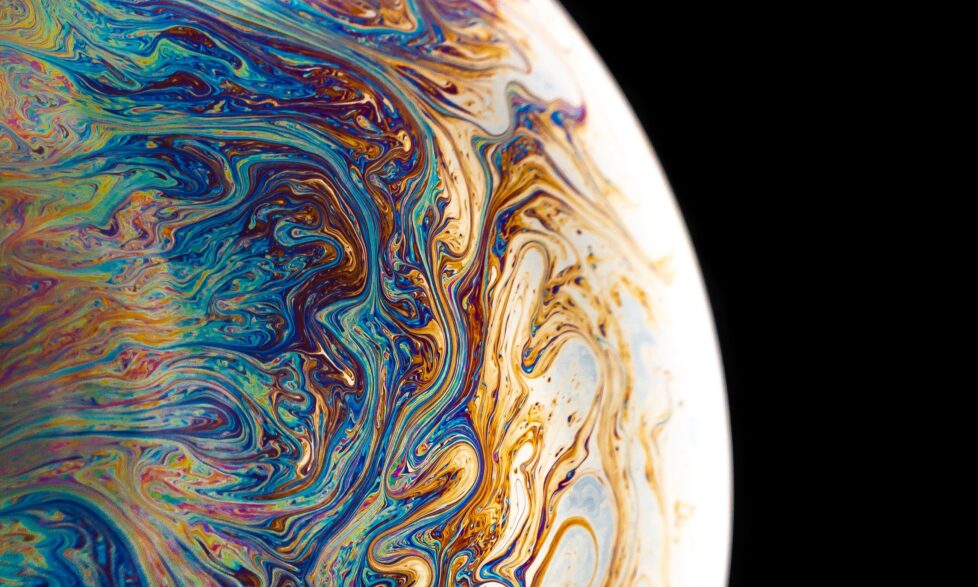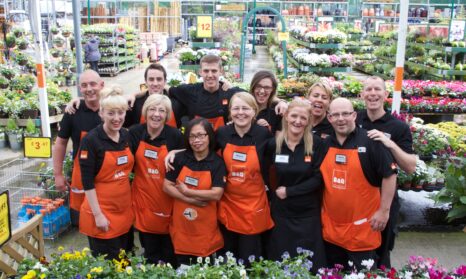Sustainability reports - door stop or engagement tool?
Sustainability reports have often been synonymous with 'lengthy', 'bulky', 'wordy' and 'incomprehensible'. Although there have been improvements in the last decade, there is still more to be done to engage non-expert audiences.
As a sustainability professional, I greatly appreciate the detailed numbers and figures and so will your investors and shareholders. However, what about the non-expert crowd? They are looking for fun facts that will let them know they are doing the right thing in choosing your brand.
So what fun, original sustainability reports have companies come up with in the past few years? Here are my personal favourites:
Brewing originality
Heineken seems to be the incontestable leader in the area. In 2016, it asked the artist Kevin 'Blaxtar' de Randamie to 'read' through its report, as a way to engage millennials. In 2017, it launched the report using an interactive website featuring an entertaining chatbot that presents viewers with ‘Would You Rather’ scenarios in the form of GIFs.
I look forward to seeing what Heineken will come up with this year.
Video it
Videos are increasingly appearing on sustainability pages and all the cool companies are doing it. These are generally short, with great visuals and help bring sustainability to life.
Innocent drinks has fun visuals and videos to illustrate all the good it is doing. I particularly like its staff engagement video about recycling. Virgin Media has gone even further in the past with an immersive video as an engagement hook.
DIY reporting
During a sustainability event recently, I heard someone sigh, "Wouldn’t it be great to be able to download just the information you need?"
Thankfully, this is becoming more widely available!
On Intel’s corporate responsibility microsite, you can ‘build your own sustainability report’ by downloading the sections you are interested in. Merck and Bosch both offer interactive chart generators, where you can view different charts and select the Key Performance Indicators (KPIs) that interest you.
Bosch goes further by breaking the data down per continent and country. This multiplies the number of graphics you are able to see, without having to see pages and pages of graphs.
Interactive maps
Interactive maps are becoming popular and gaining traction in companies with complex supply chains.
Mosaic uses a 'giving map' to track its community investment. Patagonia and Coca-Cola each have sourcing maps, which show where major factories are located and where ingredients are sourced. This helps promote a transparent supply chain and can improve sustainable agriculture practices across the supply chain.
Learn more about our approach to creating engaging sustainability reports that work for your stakeholders and customers.







